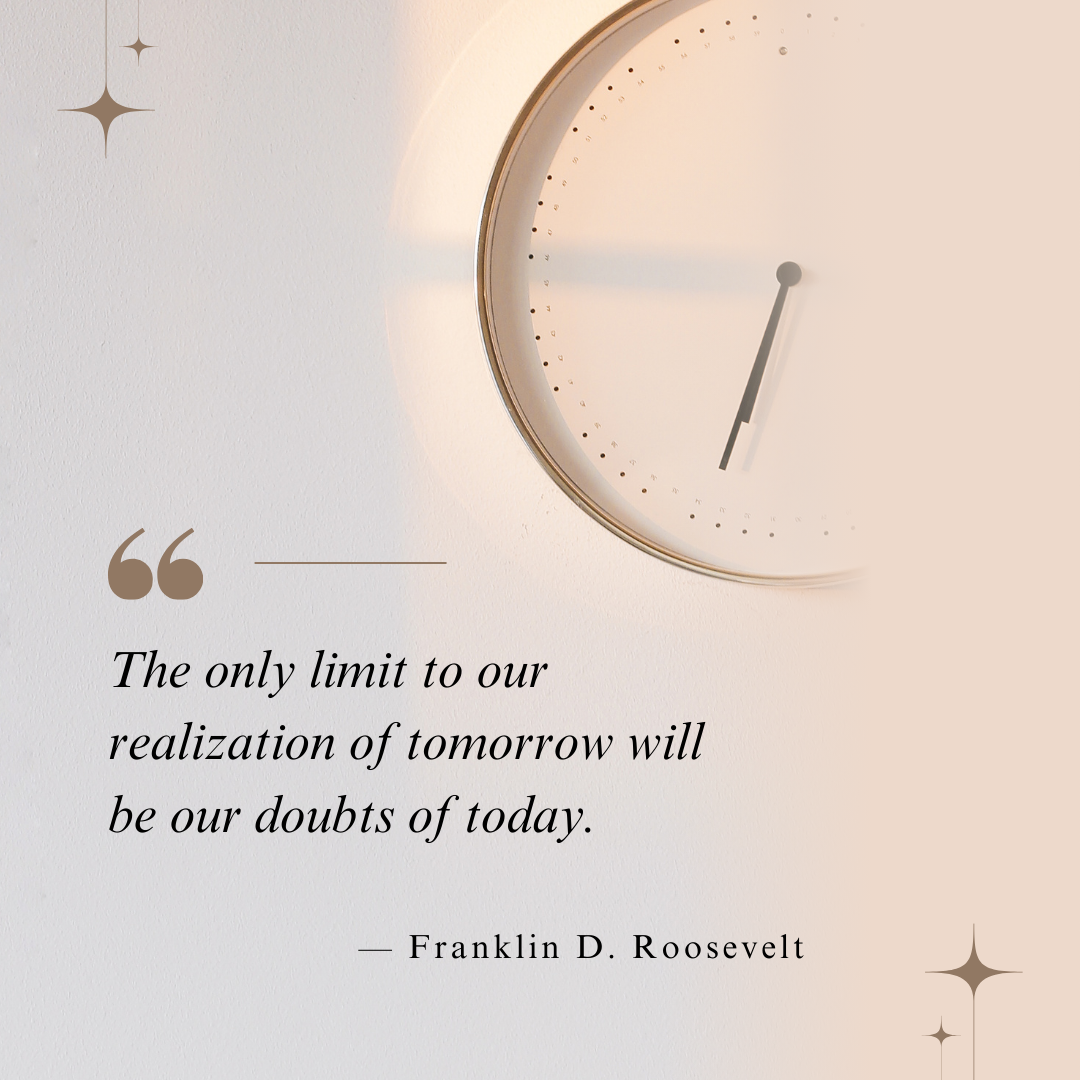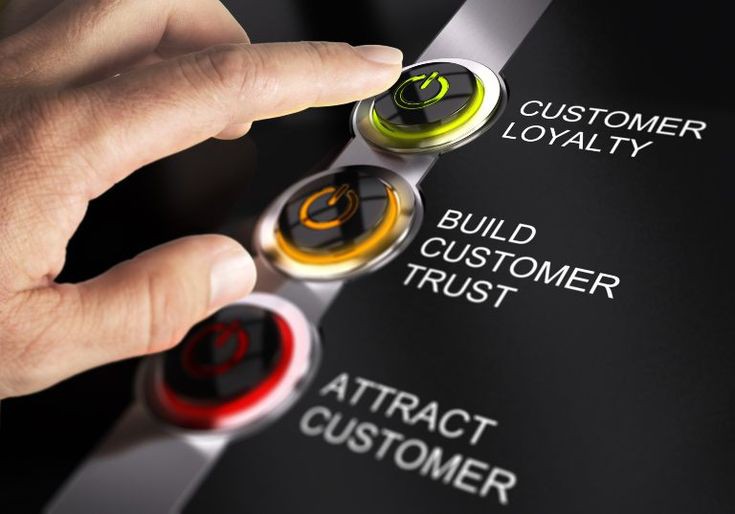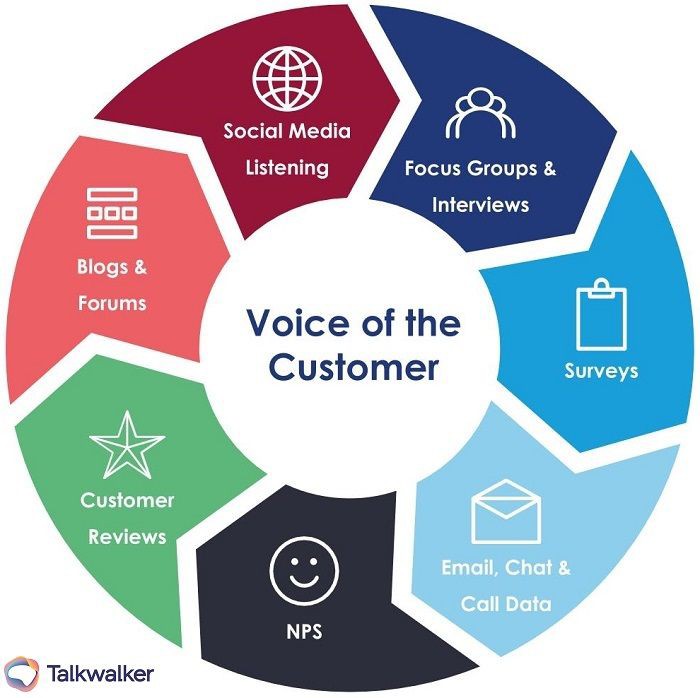Your website is more than just a digital brochure or an online presence—it’s a dynamic, 24/7 salesperson working tirelessly to turn casual visitors into loyal clients. Think of it as the ultimate employee: no lunch breaks, no clocking out, and it never gets tired. But just having a website isn’t enough. To truly transform it into a powerful sales tool, you need to know how to optimize every element of it. So, let’s dive into why your website is the secret weapon for growing your business and how to make sure it’s working hard for you.
- First Impressions Matter: The Digital Handshake
When someone lands on your website, it’s like a handshake—except you don’t get a second chance to make it firm and confident. Your design, layout, and overall user experience set the tone. Is your website clean, professional, and easy to navigate? If not, visitors might click away faster than you can say “conversion.” A good website design is like walking into a well-organized, welcoming store—customers feel at ease, trust what they see, and are more likely to stay.
- Clear Value Proposition: Let Them Know Why They’re Here
You have only a few seconds to grab a visitor’s attention. Make it count by clearly stating what you offer and how it benefits them. What problem are you solving? How can your product or service make their life easier, better, or more enjoyable? If visitors can’t figure this out in the first few moments, they’re gone. Your website’s messaging should be intuitive, like the layout of a well-organized store. Visitors should be able to find exactly what they’re looking for without having to hunt around. Use clear menu structures, easily identifiable buttons, and a search bar to ensure that navigating your site feels effortless. When people don’t have to think too hard to get from point A to point B, they’re more likely to stay engaged—and more likely to become clients.
- Calls-to-Action (CTAs): Guiding the Way
Every great salesperson knows when to close the deal, and your website should too. That’s where your calls-to-action (CTAs) come in. A well-placed CTA is like a helpful nudge at just the right moment, guiding visitors to take the next step—whether that’s signing up for a newsletter, booking a consultation, or making a purchase. Make sure your CTAs stand out visually and tell visitors what to do. Phrases like “Get Started,” “Request a Quote,” or “Buy Now” should be impossible to miss.

- Build Trust: Show Off Your Credibility
Your website should inspire trust from the moment a visitor lands on it. How do you do that? By showcasing testimonials, reviews, case studies, and any professional certifications or industry awards. People want proof that you’re the real deal before they commit. Think of this as your website putting on a suit and tie—looking its best to make a great first impression. Trust signals like secure payment icons and detailed contact information also show that your business is reliable.
- Mobile-Friendly Design: Catch Customers on the Go
With more than half of all web traffic coming from mobile devices, your website has to look and function just as well on a smartphone as it does on a desktop. If your site isn’t mobile-friendly, you’re essentially turning away potential clients. A responsive design ensures that visitors can easily navigate, read, and interact with your content no matter what device they’re using. It’s like having a portable version of your best salesperson in everyone’s pocket, ready to pitch at any time.
- High-Quality Content: The Ultimate Sales Pitch
Content is king, but in the world of conversions, it’s also your sales pitch. Whether it’s a blog, product descriptions, or video content, everything on your website should speak directly to your audience’s needs and interests. High-quality content positions you as an expert in your field, builds trust, and keeps visitors coming back for more. It’s like having a knowledgeable salesperson answering every question a potential client might have but without the pressure.
- Speed Matters: Don’t Keep Them Waiting
If your website takes too long to load, visitors will leave before they even see what you have to offer. Fast load times are crucial for keeping potential clients engaged. Think of your website like a drive-thru window—people expect fast, efficient service. The quicker they get what they need, the happier they’ll be. Optimizing your images, scripts, and overall site performance will ensure that your visitors stick around long enough to convert.
- Simplified Checkout Process: Seal the Deal
For e-commerce sites, the checkout process is where conversions either happen or fall apart. If it’s complicated or requires too many steps, you risk losing sales. Make sure your checkout is streamlined, secure, and user-friendly. Allow guest checkouts, and multiple payment options, and show progress indicators to make the process feel quick and easy. This is your website’s equivalent of closing the sale with a firm handshake—make it smooth and straightforward.
- Personalization: Making It About Them
Personalized experiences create a deeper connection between your business and potential clients. Use data from previous interactions to offer personalized recommendations, custom content, or special offers based on their behavior. Think of it like walking into a store and having the salesperson remember your name and preferences—it instantly makes you feel valued. With personalized web experiences, your website can engage visitors on a more personal level, increasing the chances of conversion.
- Analytics and Testing: Refining the Sales Pitch
Just like a salesperson fine-tunes their pitch based on what works and what doesn’t, your website needs to do the same. By using analytics tools to track visitor behavior, you can see what’s working and what isn’t. A/B testing different layouts, CTAs, and content helps you continually refine your website for better results. This is the secret sauce to turning more visitors into clients—it’s all about constant improvement based on real data.

- Follow-Up: Keep the Conversation Going
Your website doesn’t stop working once someone leaves. With features like email opt-ins, lead capture forms, and remarketing, you can keep the conversation going even after they’ve closed the browser. Email marketing and remarketing campaigns are like gentle reminders to your potential clients, nudging them to come back and complete their purchase or booking. In sales, persistence pays off, and your website should be no different.
- Building a Relationship: Not Just a Transaction
A great website doesn’t just aim for a one-time sale; it builds relationships. By offering valuable content, resources, and a strong after-sales support system, you turn one-time visitors into lifelong clients. Just like the best salespeople focus on customer relationships, your website should aim to create lasting connections with users. This encourages repeat business, loyalty, and positive word-of-mouth referrals.
- Social Proof: The Persuasive Power of Testimonials
Word of mouth is one of the oldest forms of advertising, and it’s still incredibly effective online. Your website should feature customer reviews, case studies, and testimonials to showcase how you’ve helped others. This is like having your past clients vouch for you to potential new customers—it adds credibility and makes visitors feel more confident in doing business with you.
- The Value of Consistency: A Cohesive Brand Experience
Finally, your website should offer a consistent experience that matches the rest of your brand. From the tone of your copy to the colors and images you use, everything should align with your brand identity. A consistent experience builds trust and makes your business more memorable, helping to convert visitors into clients more effectively. It’s like wearing a well-tailored suit to every business meeting—it shows you’re serious, reliable, and ready to get the job done.
Conclusion: Your Website is Your Sales Superstar
Your website isn’t just a static online brochure—it’s your most powerful sales tool. When designed and optimized correctly, it can guide visitors through a seamless journey from initial curiosity to becoming loyal clients. With clear messaging, strong CTAs, a user-friendly design, and a focus on building trust, your website can do the heavy lifting, turning visitors into conversions with ease. So, think of your website as your top-performing, tireless salesperson, always ready to close the deal—even while you sleep.

FAQs
- How can I make my website convert more visitors into clients?
Focus on user experience, strong calls-to-action, and trust-building elements like testimonials. Make sure your site is fast, easy to navigate, and mobile-friendly.
- What’s the most important feature for a website to convert visitors?
Clear calls-to-action (CTAs) are essential. Without them, visitors won’t know what step to take next, making it harder to convert them into clients.
- How do I build trust with new website visitors?
Showcase client testimonials, reviews, and any industry certifications. A well-designed, professional-looking website also builds immediate trust.
- Why does my website need to be mobile-friendly?
With over half of web traffic coming from mobile devices, a mobile-friendly site ensures that visitors on smartphones and tablets have a smooth experience, increasing the likelihood of conversion.
- How does content help convert visitors?
High-quality content educates visitors, builds trust, and positions you as an expert. It also keeps them engaged and coming back, which increases the chances of conversion over time.







